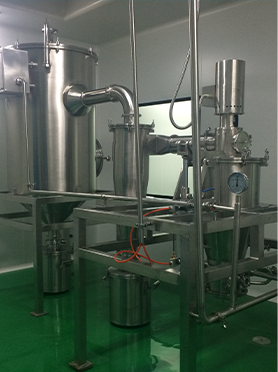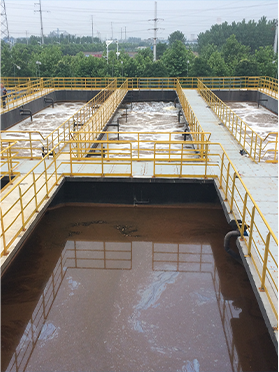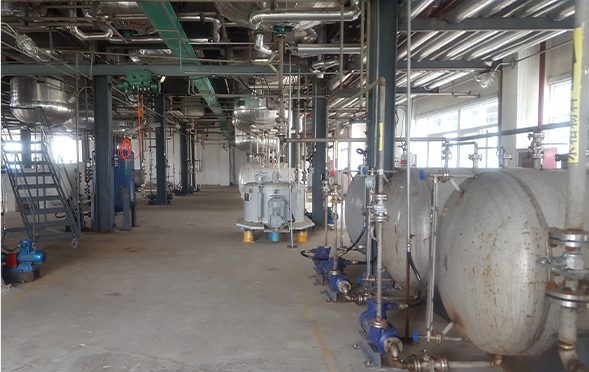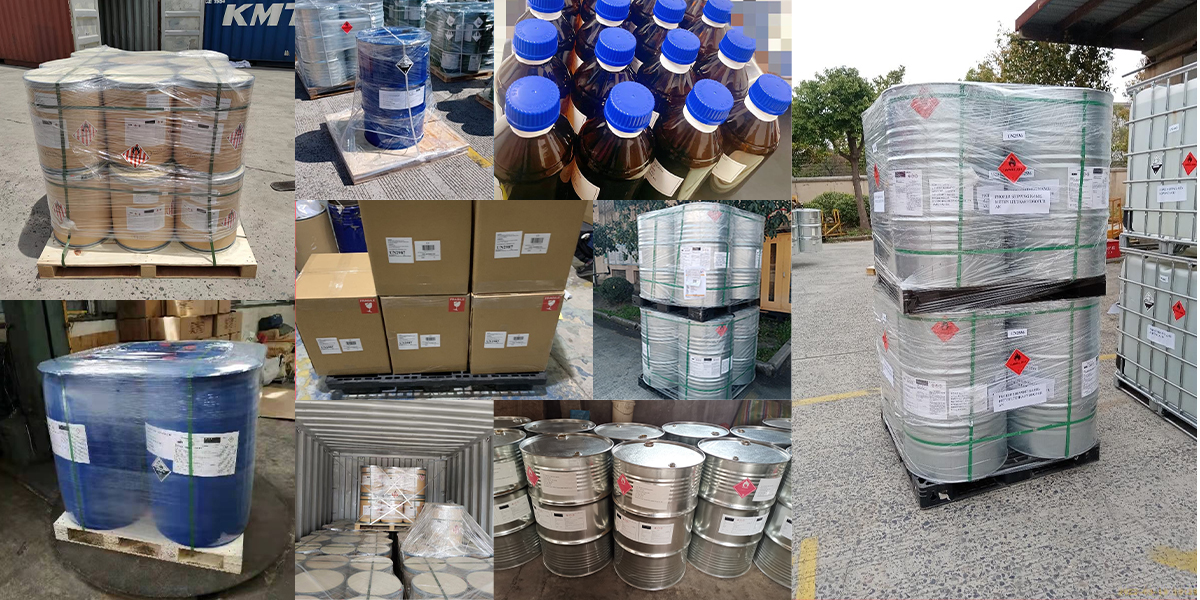The pharmaceutical industry relies heavily on precise chemical synthesis to produce life-changing medications. Pregabalin, a cornerstone treatment for various neurological conditions, is a prime example of a complex molecule whose synthesis demands specific, high-purity intermediates. Among these, 3-Isobutylglutaric Acid (CAS 75143-89-4) plays a significant role, offering unique chemical functionalities that enable efficient drug production. For those looking to buy this compound, understanding its chemical properties is key.
Chemical Structure and Properties of 3-Isobutylglutaric Acid
3-Isobutylglutaric Acid is a dicarboxylic acid with the chemical formula C9H16O4 and a molecular weight of 188.22 g/mol. Its structure features a glutaric acid backbone with an isobutyl group attached at the 3-position. This specific arrangement of functional groups—two carboxylic acid moieties and a branched alkyl chain—renders it a valuable synthon. Typically appearing as a white solid, it possesses properties such as a density of approximately 1.126 g/cm³ and a high boiling point (around 326.2 °C at 760 mmHg), indicating strong intermolecular forces.
The presence of two carboxyl groups provides ample sites for chemical reactions, such as esterification, amidation, or salt formation. The isobutyl group, being hydrophobic, can influence solubility and reactivity in various organic solvents. These attributes are leveraged in its application as a pharmaceutical intermediate.
The Synthesis Pathway of Pregabalin
Pregabalin, chemically known as (S)-3-(aminomethyl)-5-methylhexanoic acid, is a derivative of gamma-aminobutyric acid (GABA). Its synthesis often involves chiral resolution or asymmetric synthesis to obtain the therapeutically active (S)-enantiomer. While multiple synthetic routes exist, many commonly employed methods utilize 3-Isobutylglutaric Acid as a key precursor. The dicarboxylic acid functionality can be manipulated through a series of reactions, including reduction, amination, and decarboxylation, to construct the final Pregabalin molecule.
The quality of the 3-Isobutylglutaric Acid used in this synthesis directly impacts the purity and yield of the final Pregabalin API. A high-purity intermediate, sourced from a reliable manufacturer, ensures that unwanted side reactions are minimized and that the downstream purification processes are more efficient. Pharmaceutical companies must therefore partner with trusted suppliers who can guarantee consistent quality and batch-to-batch reproducibility.
Why Purity Matters: Supplier Considerations
When procuring 3-Isobutylglutaric Acid for pharmaceutical manufacturing, the purity level is of utmost importance. Impurities in the intermediate can lead to the formation of undesirable by-products in the final drug substance, potentially affecting its efficacy, safety, and regulatory compliance. Reputable manufacturers, particularly those based in China, offer 3-Isobutylglutaric Acid with guaranteed purity levels, often exceeding 99%. Obtaining a detailed Certificate of Analysis (CoA) that outlines the impurity profile is a standard practice and a critical step before making a purchase.
The price of 3-Isobutylglutaric Acid can vary based on purity, quantity, and the supplier. However, cost should not be the sole deciding factor. Prioritizing suppliers who demonstrate robust quality control, possess advanced synthesis capabilities, and offer strong technical support is crucial for long-term supply chain stability and product integrity.
In conclusion, 3-Isobutylglutaric Acid is more than just a chemical; it's an enabler of critical pharmaceutical synthesis. By understanding its chemical characteristics and the importance of sourcing from reputable providers, pharmaceutical professionals can ensure the efficient and safe production of Pregabalin.
Manufacturing Facilities






Professional Export Experience
to Global Customers

1. 20 years of R&D, manufacturing and sales experience, serving customers in 60 countries and regions around the world;
2. Own R&D laboratory, pilot platform and large-scale production workshop, which can meet the audit requirements of global customers;
3. We can satisfy customers' perfect transition from small scale lab requirements (gram level) to commercialization requirements (hundred tons level).
A: We don't have Minimum Order Quantity, exact quantity should be provided before quotation for us to calculate the exact cost.
A: We don't provide free samples due to lots of request and expensive international courier's cost, we can deduct the sample charge after commercial order placed.
A: Our payment terms: Small or sample order: T/T IN ADVANCE. Commercial order: First order should be by T/T IN ADVANCE or L/C at sight, and following orders T/T 30~90days is acceptable subject to approval of credit application.